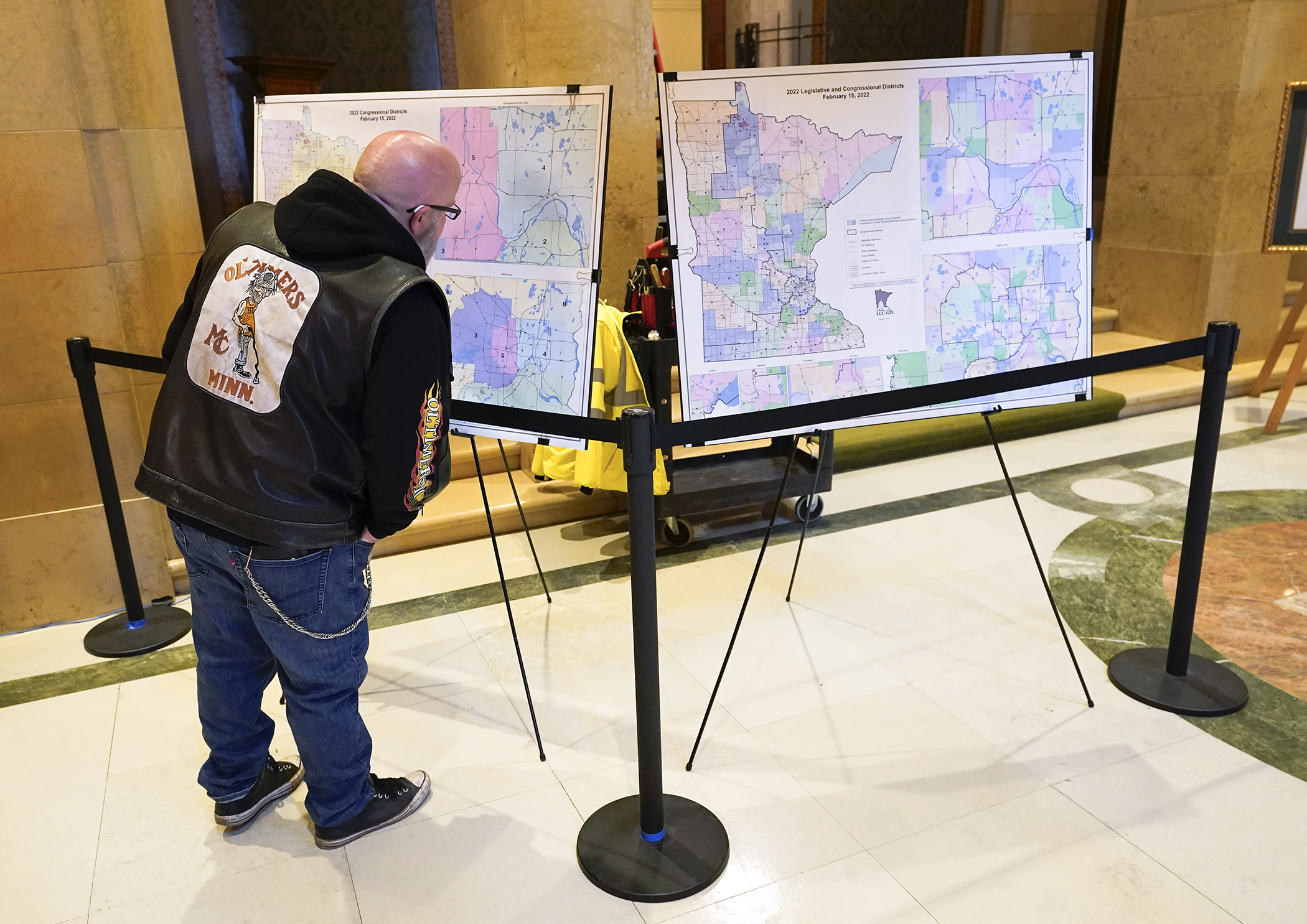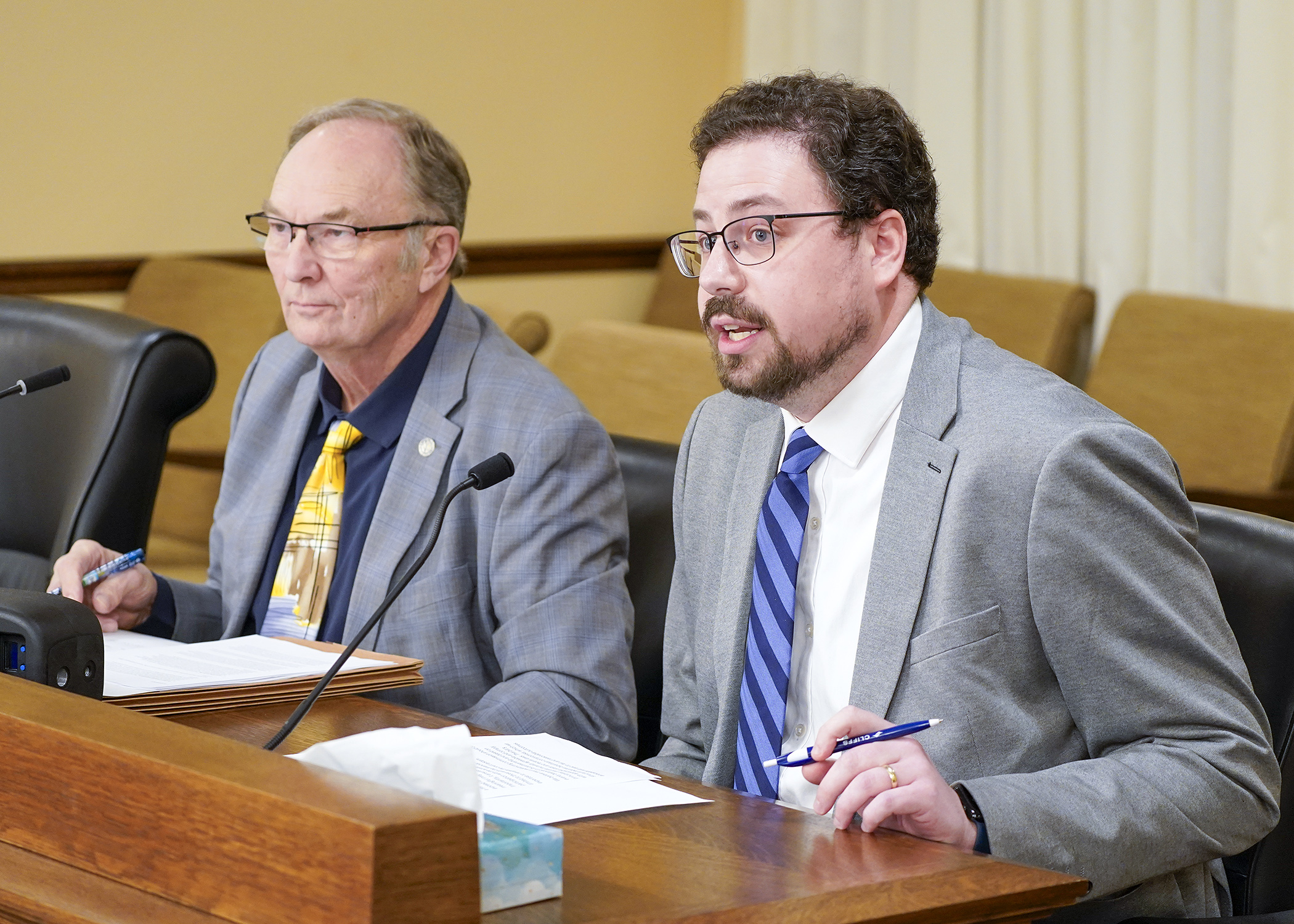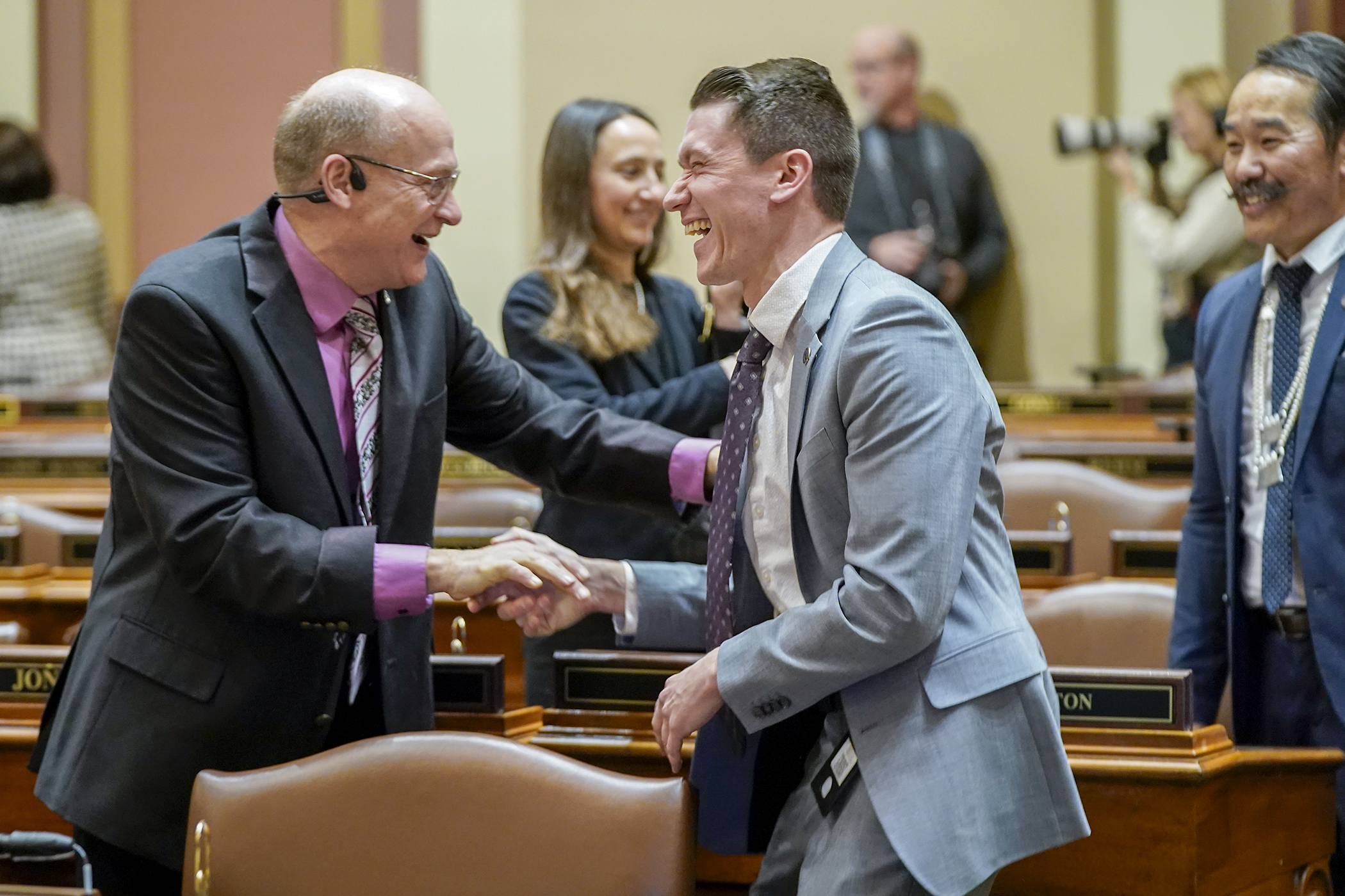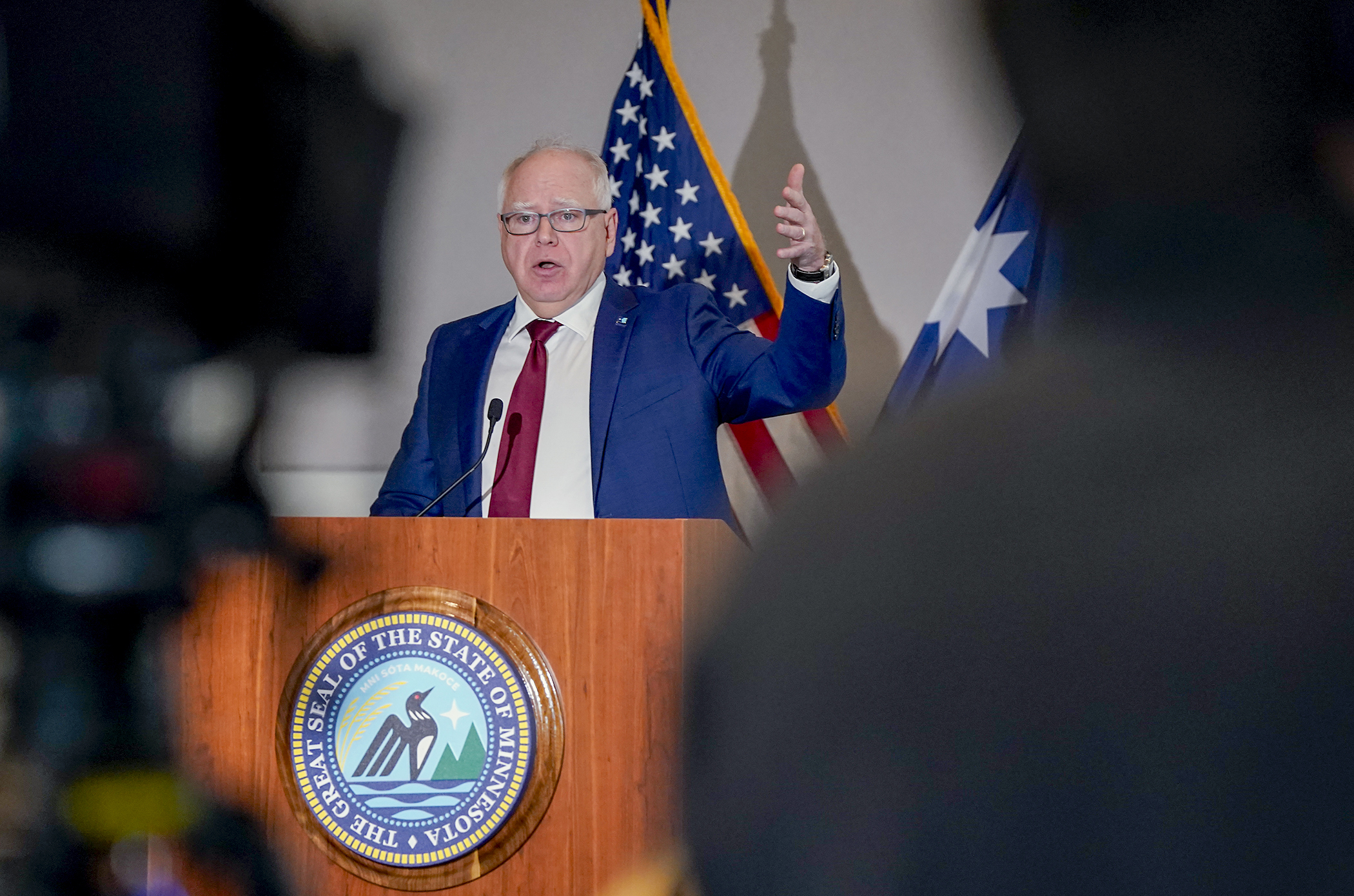Minnesota legislators consider shift to bipartisan redistricting commission

Legislative districts are redrawn every 10 years to ensure they are comparable in population.
That task now falls to legislators, who have routinely failed in their efforts.
“For the last 4 redistricting cycles, dating to 1992, the courts have created Minnesota’s redistricting plans because the legislature and governor could not agree on maps. While the lack of a governing trifecta by either party spared the state from an extreme partisan gerrymander, the courts are constrained in their ability to address the changing interests and demographics of Minnesota,” wrote Paul Huffman, Election and Redistricting Policy Coordinator with the League of Women Voters of Minnesota.
Rep. Paul Torkelson (R-Hanska) wants Minnesota voters to decide if a Bipartisan Redistricting Commission should be established to adopt the boundaries of congressional and legislative districts following each decennial census.
He sponsors HF550 that, as amended, would ask voters in the 2026 general election if a commission should be created via a constitutional amendment.
“This bill recognizes how important it is that we make this a legislative process and avoid it going to the courts,” Torkelson told the House Elections Finance and Government Operations Committee Monday. Approved 6-5 along party lines, the bill was sent to the House State Government Finance and Policy Committee.
The redistricting commission would be composed of two Senate and two House members of each party and would be tasked with setting legislative boundaries by each Dec. 31 following a federal census.
Brian Cook, director of tax, fiscal and elections policy for the Minnesota Chamber of Commerce, believes the bill would require bipartisan compromise when drawing district maps, which would lead to fair outcomes.
 Brian Cook, director of tax, fiscal and elections policy for the Minnesota Chamber of Commerce, testifies before the House Elections Finance and Government Operations Committee Feb. 24 in support of a bill sponsored by Rep. Paul Torkelson, left, to establish a Bipartisan Redistricting Commission. (Photo by Andrew VonBank)
Brian Cook, director of tax, fiscal and elections policy for the Minnesota Chamber of Commerce, testifies before the House Elections Finance and Government Operations Committee Feb. 24 in support of a bill sponsored by Rep. Paul Torkelson, left, to establish a Bipartisan Redistricting Commission. (Photo by Andrew VonBank)“It creates a transparent framework where political biases are exposed, rather than hidden, giving Minnesotans meaningful insight into how district lines are drawn,” he said.
Opponents worry that elected officials alone would be laying out their own political districts, allowing for possible conflicts of interest, with no public involvement or participation.
Rep. Emma Greenman (DFL-Mpls) would like to see a more independent redistricting committee with 15 members — five from each political party and five nonpartisan — instead of the eight elected officials the bill proposes, with more limitations on who can serve on the committee.
“We should have districts that reflect the areas, the cultures, the communities, the economic centers of those districts and not just what Democrats and Republicans, or whatever party we’re talking about get together,” she said. “It’s the difference between an independent commission and a bipartisan commission.”
Related Articles
Search Session Daily
Advanced Search OptionsPriority Dailies
Full House convenes for first time in 2025, elects Demuth speaker
By Tim Walker DFL, Republicans convene with a quorum for the first time in 2025 session after agreeing to a power-sharing deal.
DFL, Republicans convene with a quorum for the first time in 2025 session after agreeing to a power-sharing deal.
Walz proposes slimmed-down 2026-27 state budget, sales tax changes
By Tim Walker This is an odd-numbered year, and so the Legislature is constitutionally required to craft a budget to fund the state government for the next two fiscal years.
Gov. Tim Walz...
This is an odd-numbered year, and so the Legislature is constitutionally required to craft a budget to fund the state government for the next two fiscal years.
Gov. Tim Walz...